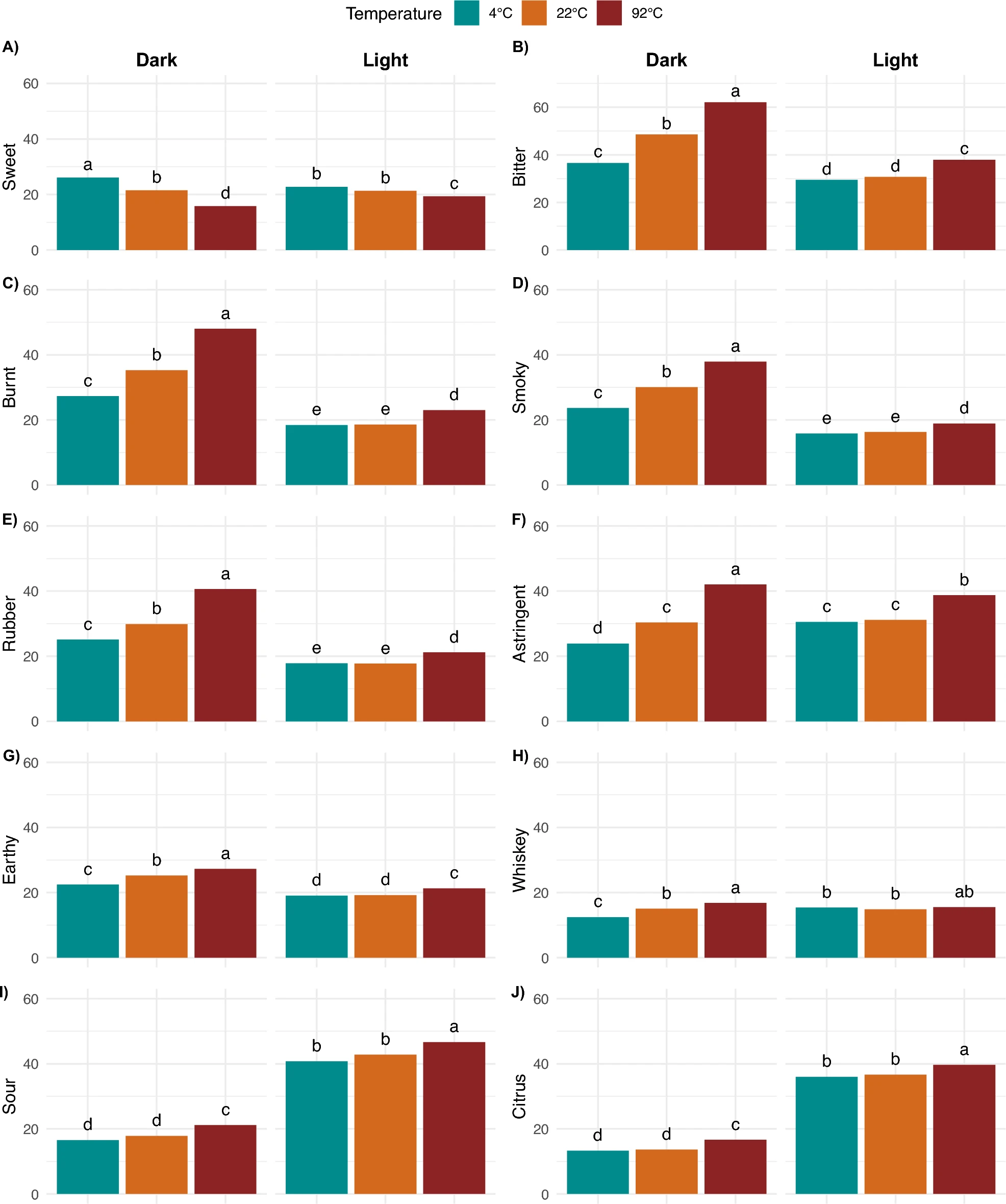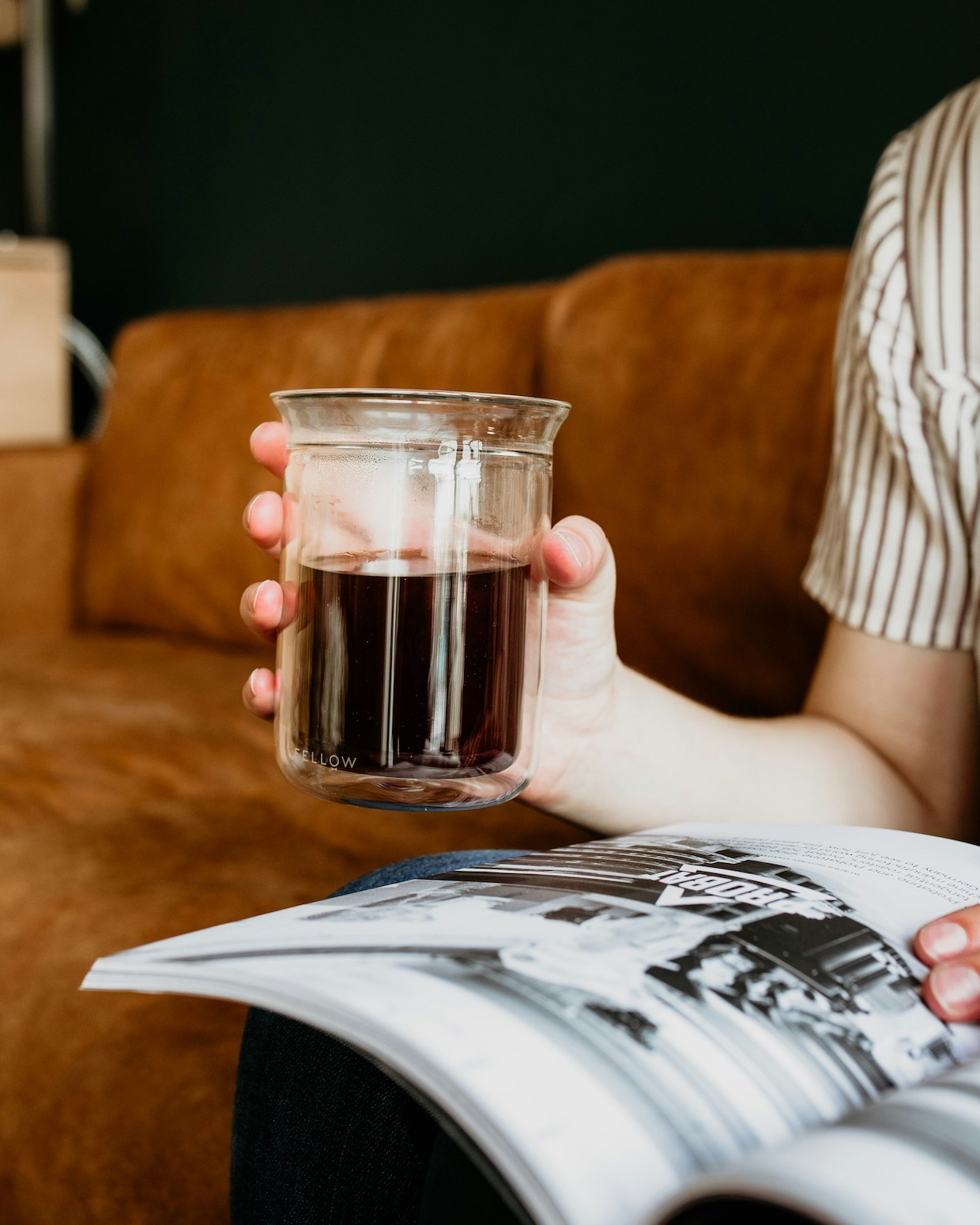Traditional full-immersion “cold” brewing may not demand as much time as it often receives for optimal sensory results, according to relatively new research from a team at the University of California, Davis.
Published last August in the journal Scientific Reports, the study sheds new light on how finished “cold” brews — whether brewed cold, at room temperature or hot and then chilled — are affected by brew time, brew temperature and roast level of the coffee.
For example, the study suggests that shorter extraction times in cold or room temperature brews — such as eight hours as opposed to 24 hours — might offer comparable flavors and other sensory characteristics, while making operations more efficient for brewers of commercial coffee products.
“Our analyses consistently found that brew time was the least substantial driver of sensory differences among the full immersion brewed coffee samples compared to roast level and temperature,” the study, led by graduate researcher Jiexin (Jessie) Liang, states.
The most substantial driver of sensory differences was the roast level of the brewed coffee.

Sensory attributes with significant differences by temperature and roast level across all time points, with different letter codes indicating significant difference.
For the study, the research team used Salvadoran and Nicaraguan arabica coffees roasted on a Probat drum roaster at the UC Davis Coffee Center, under the watch of coffee roasting expert Juliet Han. The coffees were used to create a “light” roast blend, and a “medium-dark” roast blend, with respective Agtron readings of 41.8 and 71.8.
The blends were then brewed at three different temperatures (4 °C, 22 °C, and 92 °C), to five different time points, from what might be practically described as a flash-chilled hot brew to an extended cold brew with total dissolved solids (TDS) reaching equilibrium.
Thirty samples were measured for TDS, titratable acidity and pH, while the sensory properties were evaluated using descriptive analysis by a calibrated panel of 14 coffee tasters. The coffees were served to panelists cold (about 6°C, warming to about 12°C during the tasting window).

Sensory attributes with significant differences by roast level, temperature, and time point, with different letter codes indicating significant difference.
“A wide range of flavor profiles were achieved from a single source green coffee blend through combination of these factors, with roast level as the biggest driver of flavor, followed by temperature, then the longer brew time points as TDS plateaued,” the article states.
However, different combinations yielded different, sometimes surprising, results. For example, the effect of time was more pronounced at lower brewing temperature, but it also depended on roast level for specific sensory attributes.
“For dark roast, the changes in bitter and burnt attributes were significant over time in fridge and room brews, while the changes in hot brews remained relatively stable,” the study states. “Conversely, sour and citrus had more pronounced differences for light roast at lower temperature brews.”
In short, there’s no one right way to brew cold coffee.
It should be noted that the research — part of a larger cold brew research project supported by the nonprofit Coffee Science Foundation — was underwritten by cold brewing systems maker Toddy LLC. The authors declared no competing interests.
Comments? Questions? News to share? Contact DCN’s editors here. For all the latest coffee industry news, subscribe to the DCN newsletter.













